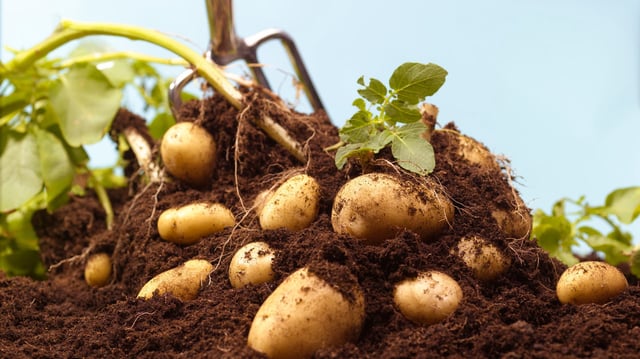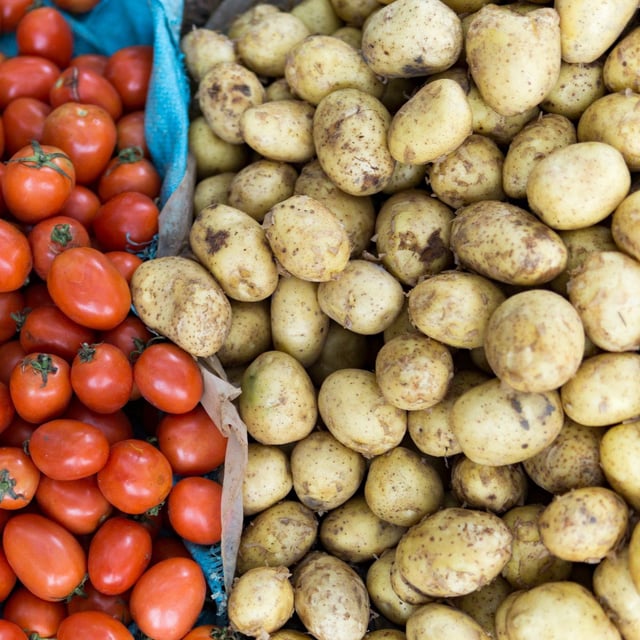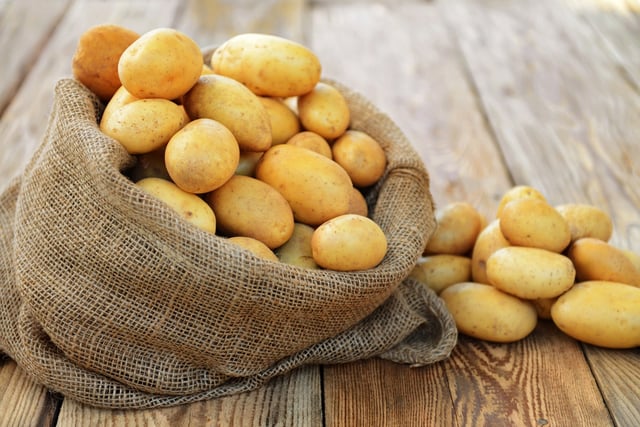Overview
- Genomic sequencing revealed that all modern potato species carry a stable genetic mosaic from ancestral tomato and Etuberosum lineages dating back about nine million years.
- Two genes—SP6A from tomatoes and IT1 from Etuberosum relatives—were both transferred during the ancient cross and are essential for tuber initiation and growth.
- The natural hybridization coincided with Andean mountain uplift, which likely gave early potatoes a survival advantage through underground nutrient storage.
- Reliance on clonal tuber propagation renders modern potatoes vulnerable to disease and environmental changes, fueling efforts to develop seed-propagated hybrids.
- Researchers sequenced 144 genomes from 27 Solanaceae species and published the Cell study in June 2025, laying the groundwork for lab-based recreation of the ancestral hybrid for breeding applications.



